Configure Now
Items in Your Cart0
0Items in Your Cart
Start building your packageShop Now
ROV stands for “Remotely Operated Vehicle”, a submersible robot designed to explore and perform underwater tasks in marine environments. Equipped with cameras, sensors, and manipulators, these submarine drones allow operators to inspect, monitor, and interact with underwater structures, assets, and ecosystems without requiring direct human presence.
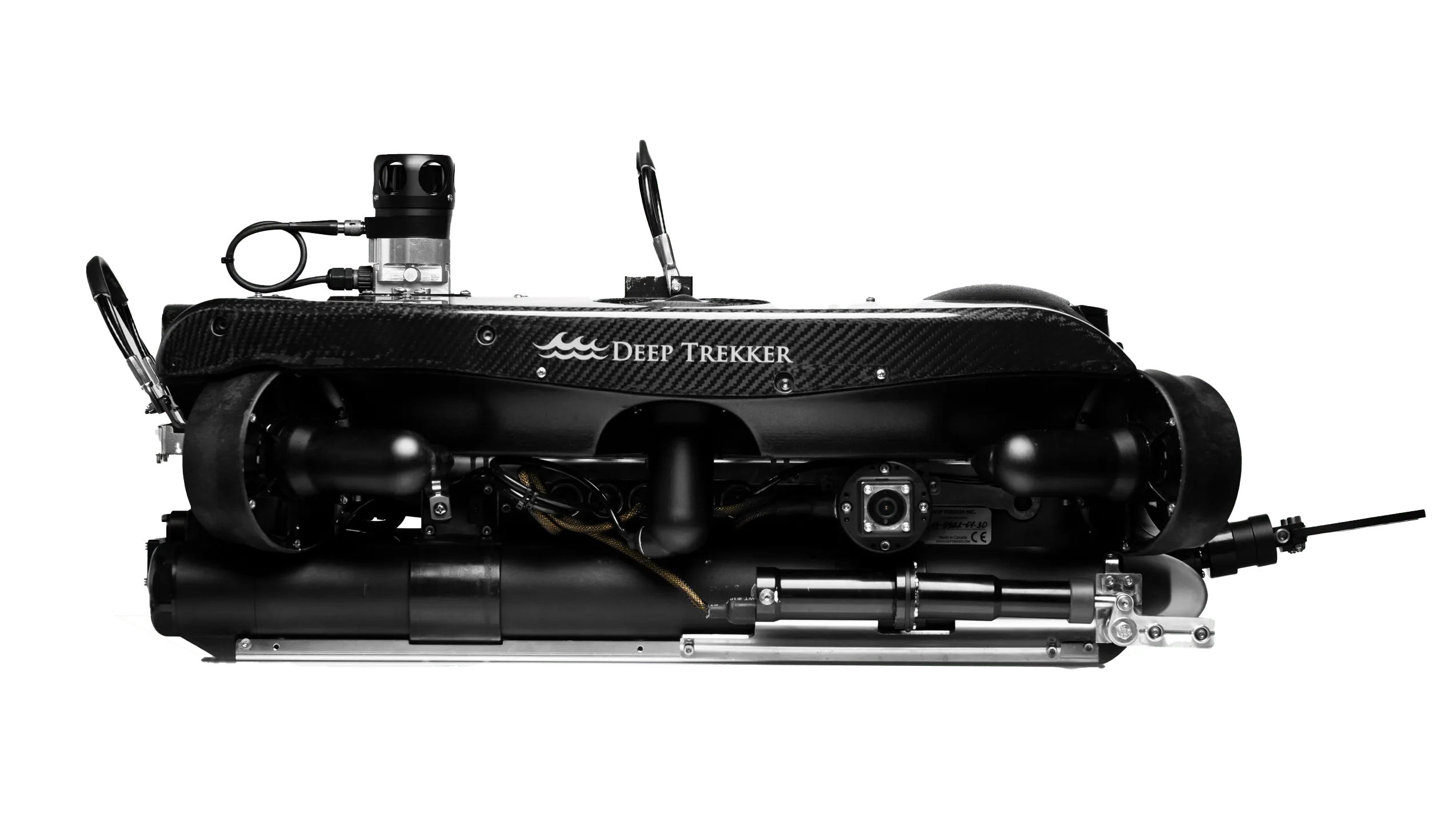
For example, Deep Trekker’s portable designs, built with robust materials, simplify underwater exploration in challenging environments, whether for routine maintenance or scientific research.
Underwater ROVs have become indispensable tools for projects in marine science, industrial inspections, and beyond. These compact, versatile machines empower professionals to perform complex tasks with efficiency, accuracy, and safety. Selecting the ideal underwater ROV for your operations requires a thorough understanding of their capabilities, applications, and considerations.
Underwater ROVs trace their origins back to the mid-20th century when they were primarily developed for military and industrial purposes. The U.S. Navy pioneered early designs in the 1950s, creating vehicles capable of retrieving lost equipment and performing inspections in deep-sea environments.
The finding of the Titanic by Robert Ballard required a new type of ROV. They developed this machine with help from the Navy. The latest version enabled the discovery of the famous wrecks of the Titanic and Bismarck.
By the 1980s, advancements in materials, electronics, and imaging technology expanded their use to commercial applications. The oil and gas industry adopted ROVs for deepwater drilling support, revolutionizing subsea infrastructure management.
In recent decades, compact and portable underwater ROVs, such as Deep Trekker's models, have brought these capabilities to a wider range of users. From scientific research to aquaculture, modern ROVs are accessible, cost-effective, and highly versatile.
Early ROVs required tethered connections to large power systems, limiting mobility. Today, innovations in battery technology and portability have enabled tools like the DTG3 to operate seamlessly in remote locations, empowering smaller teams to accomplish complex underwater tasks.
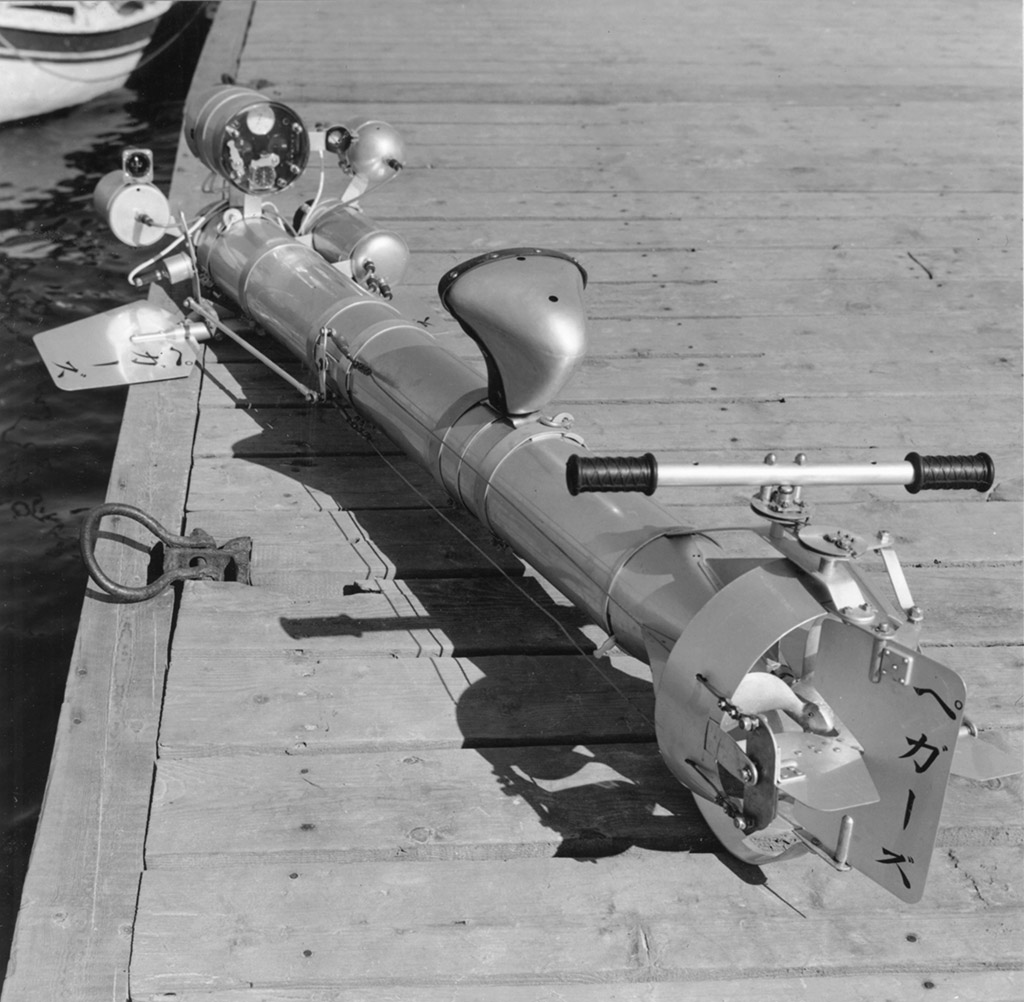
ROVs combine advanced technology with user-friendly controls. Cameras provide real-time video feeds, while sensors relay critical data like depth and water temperature. Pilots use joysticks or intuitive interfaces to maneuver the vehicle, enabling precise control in demanding conditions.
Imagine inspecting submerged pipelines or shipwrecks with a Deep Trekker DTG3, which features a patented spherical design for seamless navigation, even in tight spaces.
Underwater drones, or ROVs, provide several key benefits that make them invaluable for a wide range of applications. Their versatility, efficiency, and safety features allow users to accomplish complex tasks with precision and reliability.
Underwater ROVs eliminate the need for human divers in hazardous environments, such as strong currents, deep waters, or confined spaces. This reduces the risk of injury while ensuring thorough inspections and data collection. For example, a nuclear plant can utilize a Deep Trekker underwater ROV to inspect reactor cooling structures, avoiding the risks associated with human entry into radioactive areas.

By reducing the need for costly equipment, personnel, and downtime, ROVs lower operational expenses. They enable detailed inspections and maintenance without extensive setups, such as scaffolding or dewatering systems. For example, a hydropower facility can save thousands of dollars by using a Deep Trekker ROV for underwater dam inspections instead of draining the reservoir.
Modern underwater drones are portable and easy to deploy, allowing users to access hard-to-reach locations quickly. Their lightweight designs and advanced battery technology enable operations in remote areas without heavy logistical support.
Equipped with high-resolution cameras, sonar, and sensors, ROVs provide comprehensive data for analysis. This ensures accurate reporting, aiding decision-making processes across various industries. For example, an environmental organization can use an underwater ROV with 4K imaging to monitor coral reef health, collecting data critical for conservation efforts.
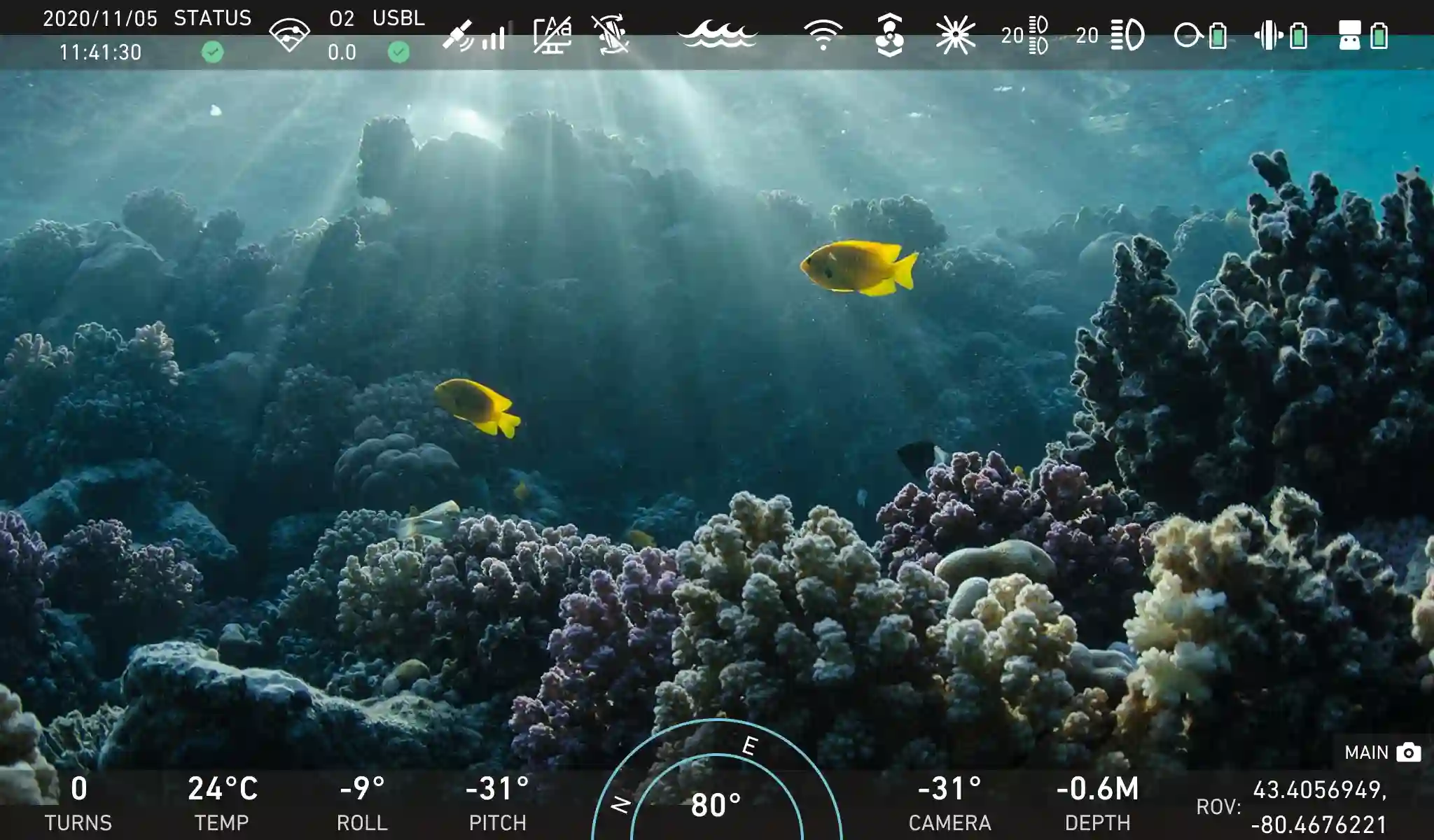
From aquaculture and marine research to infrastructure inspections, ROVs excel in diverse environments. Their modular designs allow for customization, ensuring that each vehicle can be tailored to specific needs. For example, an oil and gas company can equip a Deep Trekker REVOLUTION ROV with sonar to locate and assess subsea pipelines effectively.
Ultimately, underwater ROVs offer significant advantages by improving safety, lowering costs, and delivering accurate results, making them essential tools for professionals and enthusiasts alike.
Building a reliable and robust underwater ROV requires innovative engineering and durable materials. Deep Trekker’s designs prioritize longevity, performance, and ease of use, ensuring reliable operation in demanding underwater environments.
Need Help Choosing What ROV is Best for Your Application? Here is Our Comprehensive ROV Buyer’s Guide to Help You Identify the Right Model.
Magnetically coupled drives eliminate the need for regular maintenance, offering a durable, low-maintenance system without wear-prone components. This ensures reliable performance mission after mission.
Deep Trekker ROVs utilize lightweight yet strong materials like aluminum and carbon fiber. These materials provide neutral buoyancy for better navigation while withstanding tough underwater conditions.
Features like Hall effect sensors provide accurate data, while the BRIDGE technology minimizes latency for seamless control. Thruster configurations are tailored to specific applications, with compact designs for nimbleness and multi-thruster setups for stability.
Using standardized communication protocols, Deep Trekker ROVs integrate advanced tools like sonar and DVLs, ensuring compatibility with evolving underwater technologies.
Every component, from lens covers to thruster designs, is optimized to balance durability, functionality, and performance for efficient underwater operations.
Learn more about which underwater ROV is best for your application.
Underwater ROVs, initially pioneered by the Navy, have become indispensable across various commercial industries and professionals, providing innovative solutions to complex challenges in aquatic environments.

Oil and gas companies use them for site exploration and pipeline monitoring, while oceanic research organizations deploy them for seafloor analysis. Aquaculture operations benefit from drones for net inspections, feeding, stock monitoring, and environmental protection, offering cost-effective and efficient solutions. Commercial diving and infrastructure inspections leverage drones to enhance safety by reducing diver exposure in confined spaces. As technology advances, these versatile tools are increasingly accessible, driving their adoption in diverse ocean-based industries. Deep Trekker ROVs cater to both hobbyists and professionals with tailored solutions.
Underwater ROVs complement or replace traditional diving operations by offering safer, more efficient methods for inspections and maintenance. Infrastructure assessments, such as bridge pilings or water tanks, are frequently conducted using these tools.

Marine scientists and educational institutions leverage underwater drones to study ecosystems, monitor climate change impacts, and collect data in otherwise inaccessible areas. A research team can use a Deep Trekker underwater ROV to survey submerged archaeological sites, gathering detailed imagery without disturbing artifacts.
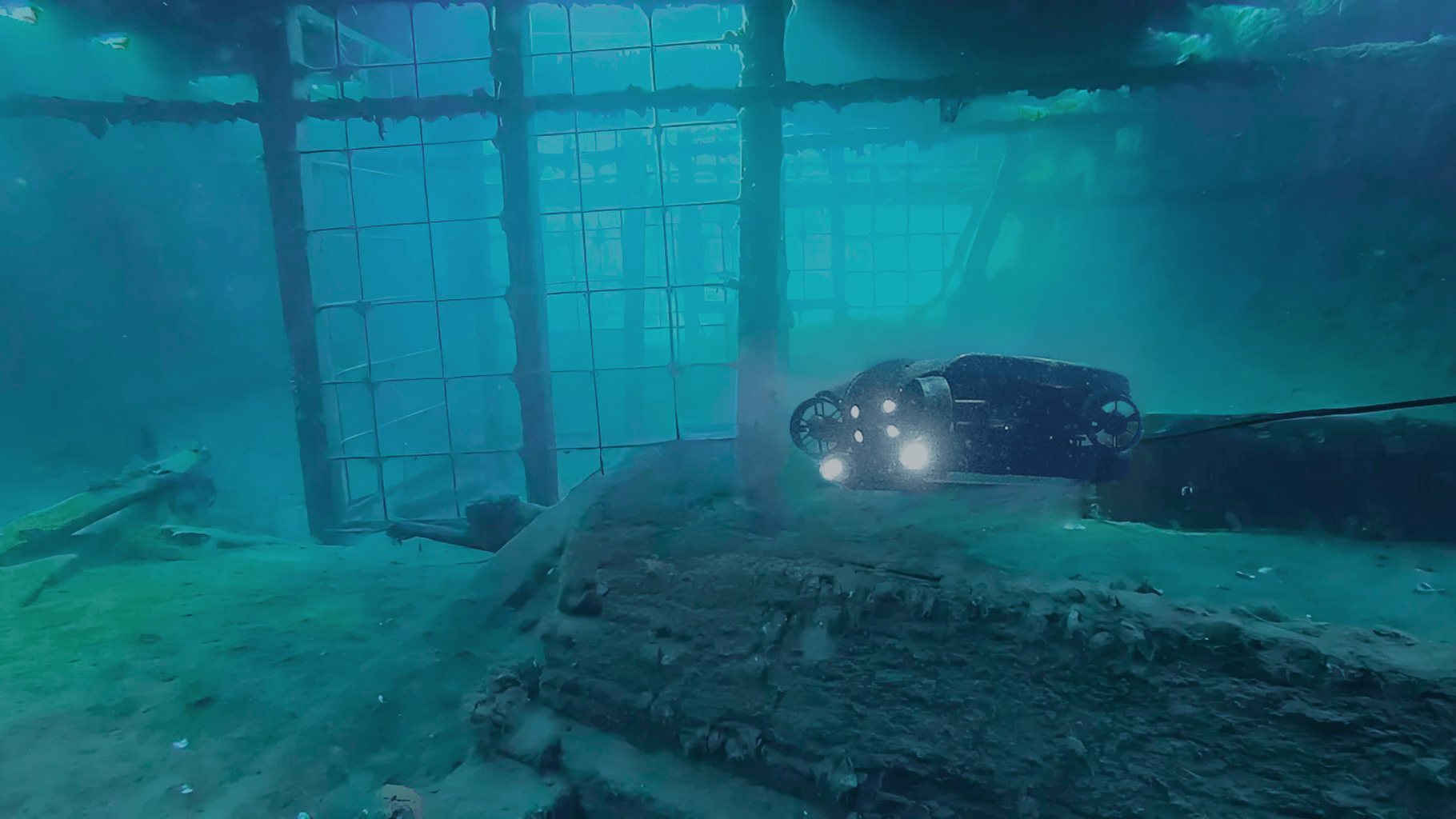
Fish farm managers utilize ROVs to inspect net pens, monitor fish health, and ensure compliance with environmental regulations. These tools minimize the need for manual dives, improving safety and efficiency. An aquaculture company can expect a 40% reduction in inspection costs after adopting Deep Trekker ROVs for routine monitoring.

Hydroelectric, wind, and nuclear facilities rely on ROVs to inspect submerged assets, such as pipelines and reactor cooling systems, ensuring regulatory compliance and operational safety. Deep Trekker ROVs can perform detailed inspections of submerged intake structures at a nuclear power plant, for example, reducing downtime and costs compared to traditional methods.
![]()
Police and rescue teams deploy underwater drones to search for evidence, locate missing persons, and recover submerged objects.For example, a police department can use a Deep Trekker underwater ROV to locate a vehicle in a murky river, expediting recovery efforts without risking personnel safety.

Underwater drones continue to expand their reach, empowering professionals across disciplines to achieve their goals with precision and reliability.
Professionals across industries benefit from the precision, reliability, and cost-effectiveness that ROVs bring to their operations. These tools have become indispensable for tasks requiring underwater access and robust performance.
Recommended Article: Industries Benefiting from Remotely Operated Underwater Vehicles (ROVs)
Underwater ROVs have become an exciting tool for hobbyists, thanks to their increasing availability and ease of use. Whether you are a photographer, videographer, or simply curious about the underwater world, these devices allow users to engage with aquatic environments in new and creative ways. Compact ROVs like the PHOTON provide high-definition 4K video and camera capabilities, making it easy to capture stunning visuals directly on your handheld controller. Depth-rated to 120 meters, these systems offer reliable access to areas previously unreachable.
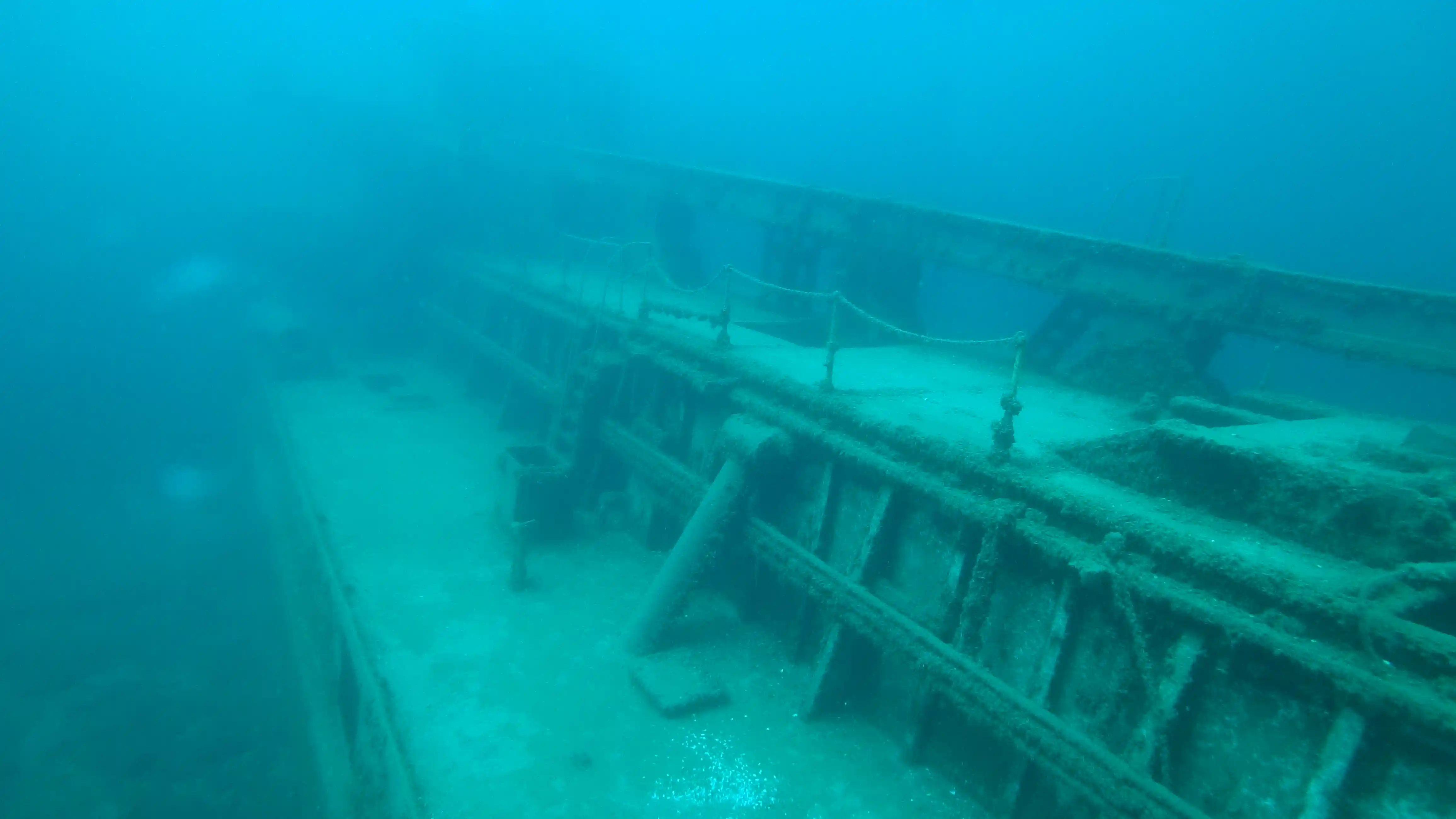
A hobbyist can use ROVs for a variety of applications, such as:
From exploring hidden underwater formations to learning more about marine environments, hobbyists can rely on ROVs for an innovative and educational diving experience.
Professionals rely on robust underwater ROVs like the Deep Trekker PIVOT and REVOLUTION for tasks ranging from deep inspections to high-stakes operations. These working-class underwater drones act as safe alternatives to divers, offering versatility for offshore projects, military missions, and underwater research. With capabilities like inspecting vessel hulls for structural integrity, invasive species, or contraband, Deep Trekker ROVs enhance operational safety and efficiency.
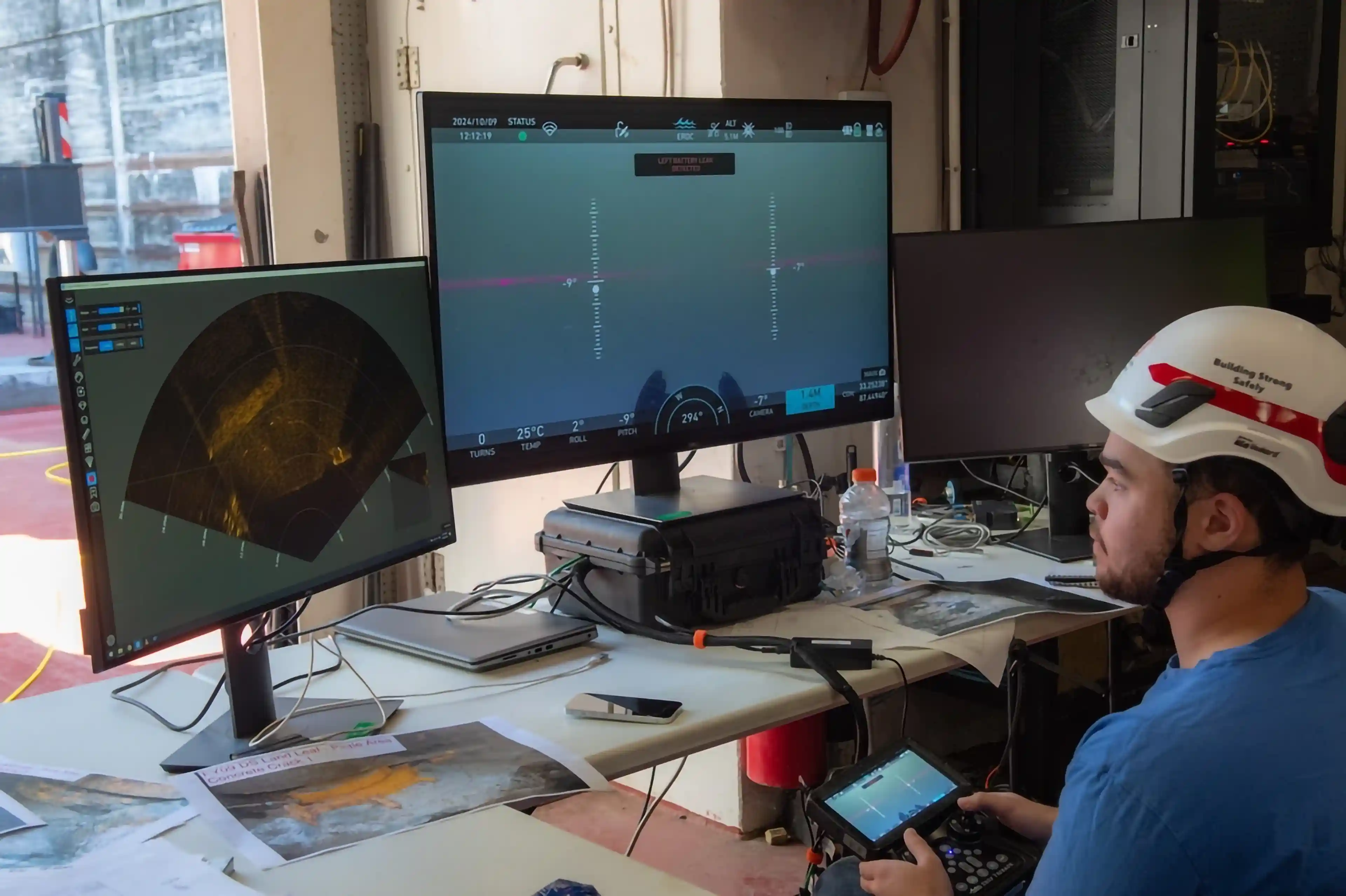
Professionals use underwater ROVs for a wide range of applications, including:
Deep Trekker’s ROVs are essential tools for professionals across industries, offering durability, precision, and adaptability for complex underwater challenges.
The heart of any underwater ROV is its imaging and sensory systems, which enable precise navigation, detailed inspections, and effective data collection underwater. Ultra-high-definition 4K cameras capture sharp visuals, complemented by powerful LED lighting to ensure clarity in low-visibility environments. These features are essential for applications like pipeline inspections, aquaculture monitoring, and marine research.

To enhance functionality, ROVs can also be equipped with advanced sensors. Sonar systems provide critical data for mapping and object detection in murky waters, while USBL systems enable precise real-time positioning. IMUs stabilize the underwater ROV by measuring orientation and movement, and DVLs offer reliable velocity tracking relative to the seafloor or water column. Depth sensors further ensure operational safety by monitoring the ROV’s position underwater.
Together, these technologies empower operators with the tools needed for complex underwater missions.
Battery-powered ROVs provide unparalleled portability and runtime. The propulsion system determines speed, stability, and the ability to navigate currents. Deep Trekker’s ROVs feature lithium iron phosphate (LiFePO4) batteries for long-lasting performance and safety, making them ideal for inspections without tethering to optional topside power sources. These systems are also powered by six vectored thrusters, offering unmatched control, maneuverability, and station holding, even in strong currents or confined spaces.

Control systems are vital for adapting to different environments. Deep Trekker ROVs offer highly flexible control options, ensuring adaptability across diverse environments and applications. Operators can integrate custom configurations via the BRIDGE Box and choose between handheld controllers, intuitive tablet interfaces, control centers, and more. This versatile platform enables remote operation and advanced control, making it ideal for challenging scenarios such as offshore inspections, confined spaces, or hazardous areas.
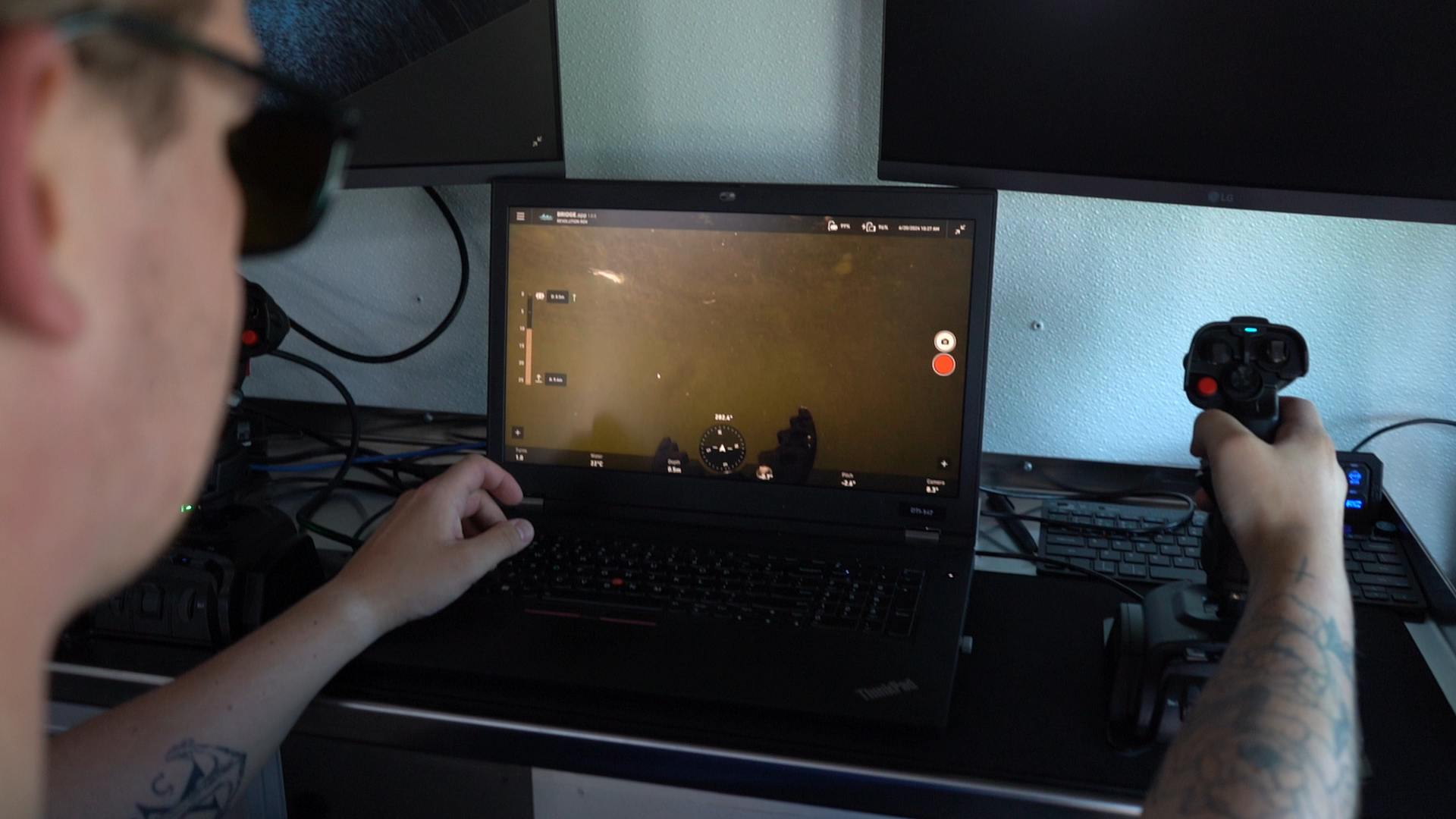
Positioning systems are integral to effective underwater navigation. Deep Trekker ROVs utilize tools like dead reckoning, USBL (Ultra-Short Baseline), and ROV GPS to deliver precise location tracking, even in dynamic conditions. The Mission Planner feature further enhances autonomy, allowing operators to pre-program navigation routes for surveys or inspections. For example, a shipyard can deploy a GPS-enabled ROV to efficiently map submerged infrastructure, reducing operational time and eliminating the risks associated with manual diving.
These sophisticated control systems provide unmatched accuracy, efficiency, and ease of use, allowing professionals to undertake complex underwater missions with highly improved data acquisition.
Underwater ROVs inspect dams, pipelines, and seawalls without costly dewatering, capturing critical details to assist engineers in maintenance planning. Their versatility reduces downtime and improves safety.
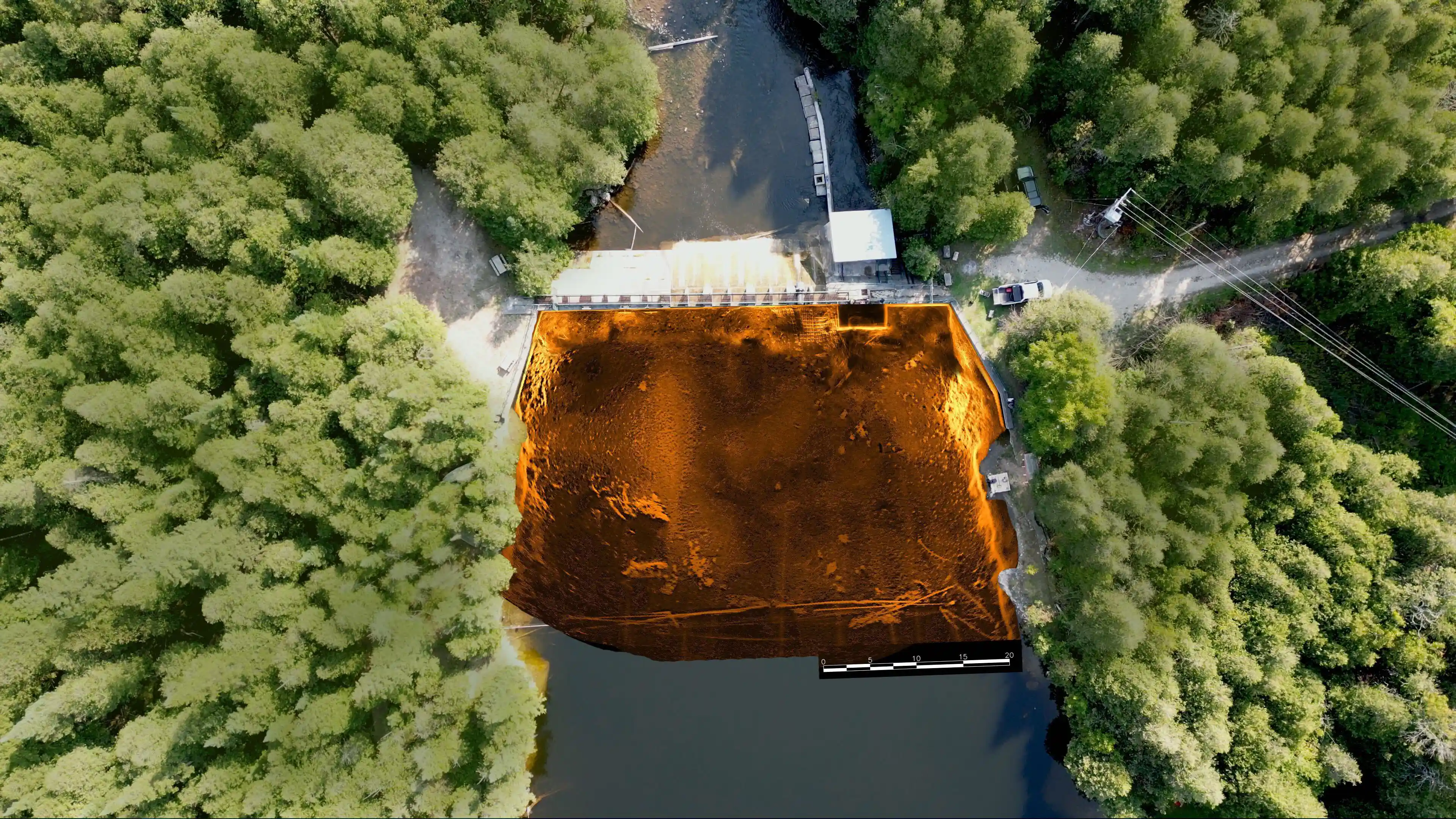
Researchers deploy ROVs to study marine biodiversity, assess ecosystems, and monitor ocean health. Their non-invasive presence minimizes environmental disruption. For example, Laval University researchers used a Deep Trekker underwater ROV to map coral reefs, uncovering new insights into habitat conditions.
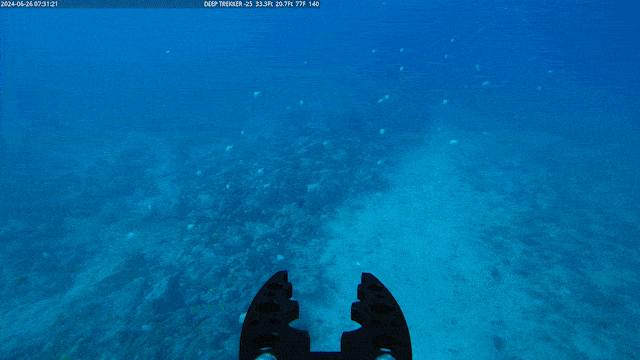
ROVs simplify net inspections, monitor fish health and water conditions, and identify structural issues in fish pens, notably enhancing operational efficiency. A fish farm can reduce maintenance costs by 30% or more after integrating Deep Trekker ROVs for regular inspections.
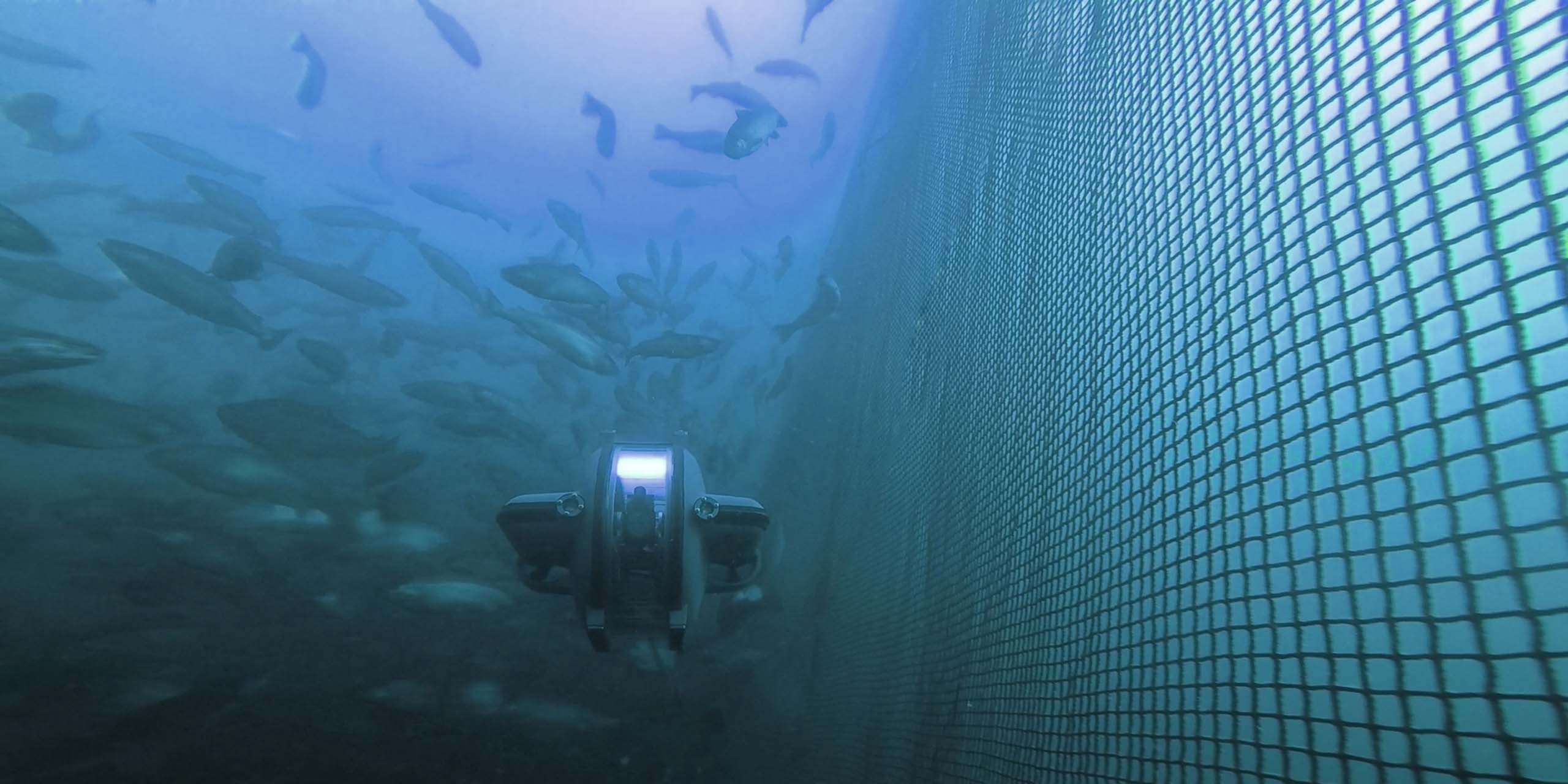
Deep Trekker ROVs are designed with a range of innovative features to meet the demands of diverse underwater tasks. These capabilities set our systems apart, ensuring reliability, precision, and efficiency in challenging aquatic environments.
Our ROVs are compact and battery-powered, allowing for quick deployment and operation in remote or confined locations without requiring bulky surface support equipment.
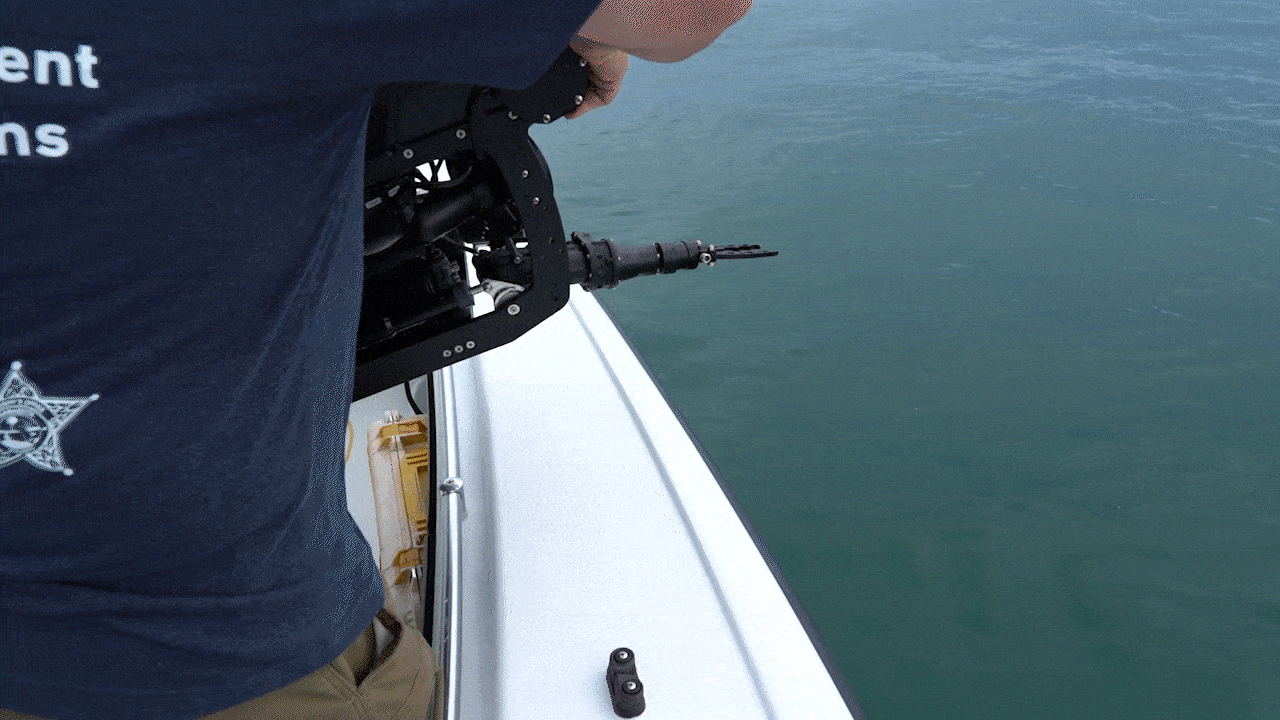
Deep Trekker ROVs feature modular designs, enabling users to equip their systems with specialized tools for specific applications. One notable add-on is the sonar system, which offers clear imaging in low-visibility conditions, such as murky waters or dark environments.
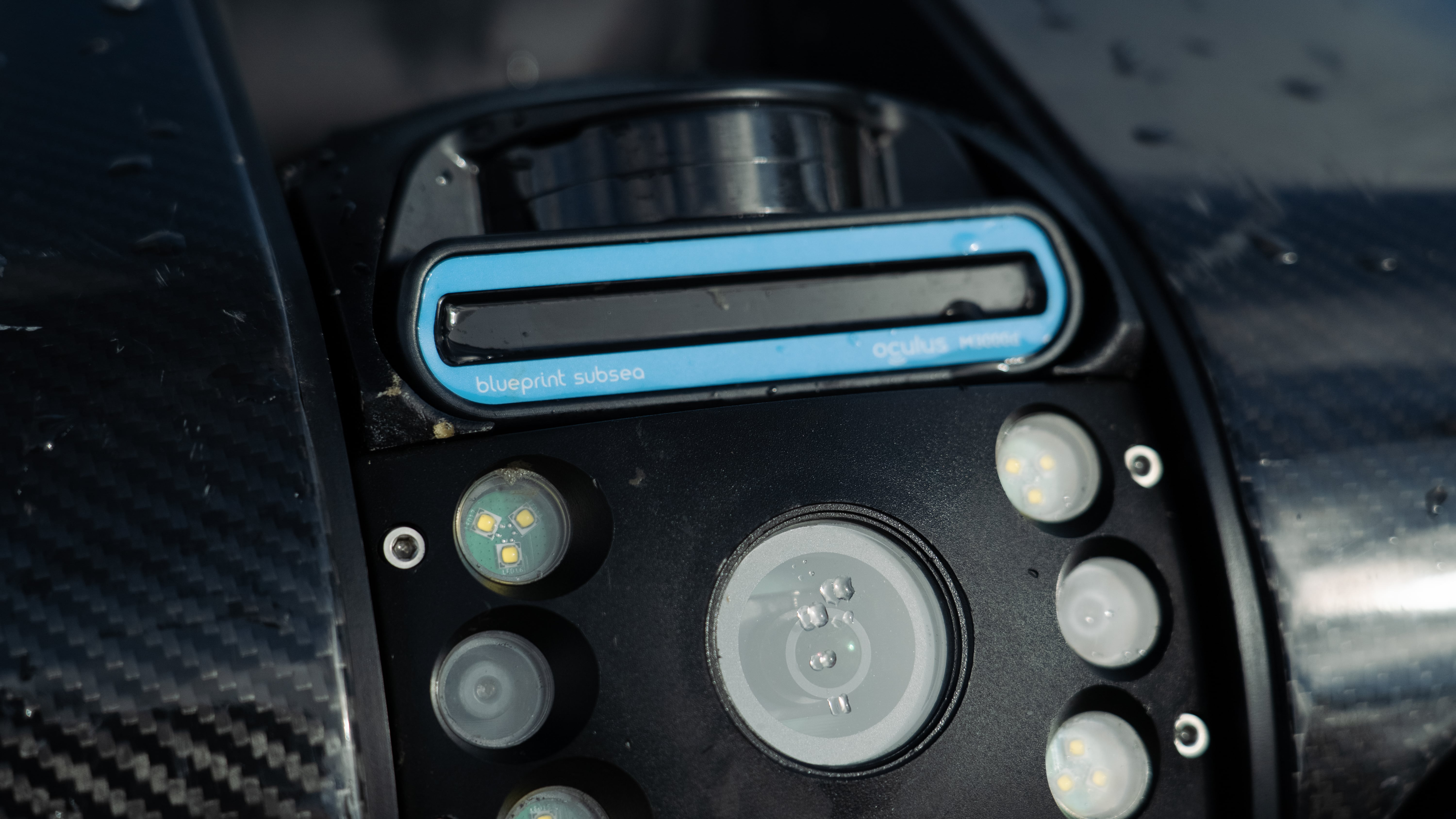
Benefits of Sonar Add-On:
Learn more about what sonar is and its many uses. Read about its applications, technologies, principles, and more.
Deep Trekker ROVs incorporate features such as intuitive control systems and advanced navigation options like distance lock, dead reckoning, and positioning tools. These capabilities ensure precise maneuvers, station-keeping, and consistent, reliable data during intricate tasks.
Equipped with UHD 4K cameras and optional lighting, Deep Trekker ROVs deliver sharp visuals in diverse conditions, supporting applications like inspections, marine research, and aquaculture monitoring.

Deep Trekker ROVs are engineered with premium, robust materials to endure the most challenging environments, including cold-water operations, corrosive saltwater conditions, and confined or hazardous spaces. These fully integrated systems are pressure-tested to ensure reliability at depth, with precision-sealed components to protect against leaks and mechanical wear.
Backing this durability is our industry leading support team, renowned for our dependability and rapid response. Whether addressing technical issues in the field or providing guidance, our expert team ensures minimal downtime and seamless operation for mission-critical tasks.
Infrastructure Inspections: With sonar and 4K video, engineers can assess critical assets, even in challenging conditions, ensuring maintenance and regulatory compliance. Search and Rescue: SAR teams benefit from sonar and compact designs to conduct thorough underwater searches efficiently and safely. Aquaculture Monitoring: Tools like cameras and environmental sensors enable fish farm operators to ensure net integrity and maintain optimal conditions for stock health.

These features, combined with Deep Trekker’s dedication to versatility and innovation, make our ROVs the ideal choice for a wide range of underwater projects.
Consider the depth, duration, and specific tasks required for your operations. For shallow water tasks, compact models like the PHOTON offer unmatched portability.
Strong currents or murky waters may demand advanced features such as increased thrust or sonar imaging.
Evaluate the total cost of ownership, including training, maintenance, and warranty services. Deep Trekker offers comprehensive after-sales support to ensure smooth operations.
The operational depth of an underwater drone varies depending on its design and purpose. Entry-level recreational ROVs typically operate at depths of 100–200 meters, while professional-grade models can reach much greater depths.

Deep Trekker ROVs, for example, offer solutions for various needs:
Learning to pilot a Deep Trekker ROV is straightforward and accessible, even for beginners, thanks to its intuitive design and advanced features. These ROVs are equipped with six vectored thrusters, providing precise maneuverability and enabling operators to move seamlessly in all directions - forward, backward, laterally, and vertically. This level of control is critical for navigating complex environments, such as pipelines, reactor heads, or aquaculture nets.
The compact size of Deep Trekker ROVs further simplifies piloting, especially in confined or cluttered spaces. Operators can guide the vehicle through narrow passages or inspect hard-to-reach areas without worrying about bulk or entanglement.
Custom control options, such as handheld controllers or integrated touchscreen tablets, cater to individual preferences and mission requirements. Features like station holding - where the ROV maintains its position even in currents - make piloting more manageable, enabling operators to concentrate on inspection or data collection tasks.
Training typically takes only a few hours to grasp the basics, with most operators becoming proficient within a day. Deep Trekker’s user-friendly interface and responsive controls ensure a quick learning curve. Additionally, onboard stabilization technology mitigates drift and improves accuracy, enabling operators to achieve professional-grade results with minimal practice.
Whether you are a seasoned professional or a first-time user, Deep Trekker ROVs are designed to make underwater piloting as straightforward and effective as possible.
Yes, underwater drones are designed to operate in low-visibility or murky environments. Features such as powerful LED lighting and sonar imaging enable operators to navigate and capture data effectively when visibility is limited.

Advanced navigation tools, such as distance lock and dead reckoning, further enhance the ability to operate confidently in challenging conditions.
Yes, underwater ROVs have long been vital tools for military operations, particularly for the U.S. Navy. These devices are used for:
The U.S. Navy, among others, incorporates advanced underwater ROVs into its fleet to enhance mission efficiency and safety in underwater operations.
Learn all about underwater mines and explosive ordnance disposal, the risks involved, and how ROVs can help while providing extra safety and speed for divers.
Selecting the right underwater ROV involves balancing functionality, durability, and cost to meet project demands. Whether you’re inspecting underwater infrastructure, conducting marine research, or managing aquaculture operations, an informed choice can transform your efficiency and results. Deep Trekker’s versatile range offers solutions tailored to diverse needs, backed by reliable customer support and innovative technology.

November 3rd, 2025
At REPMUS 2025, Deep Trekker’s ROVs validated real-world mine countermeasure capabilities...
July 5th, 2025
Deep Trekker’s new Tampa facility brings faster ROV repairs, in-stock parts,...
June 11th, 2025
Equipped with sonar and DVL, Deep Trekker ROVs are helping SES...